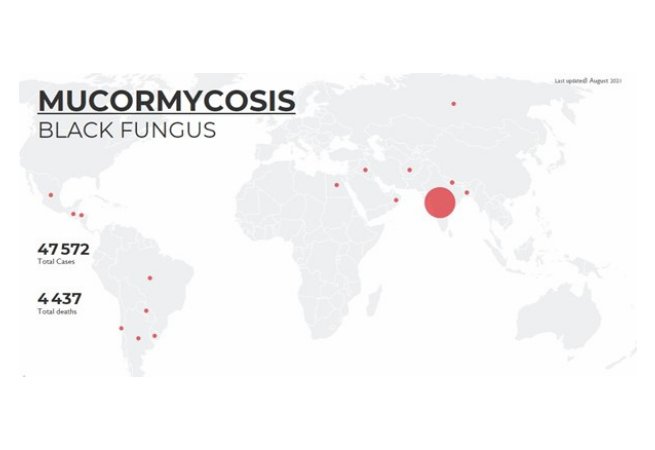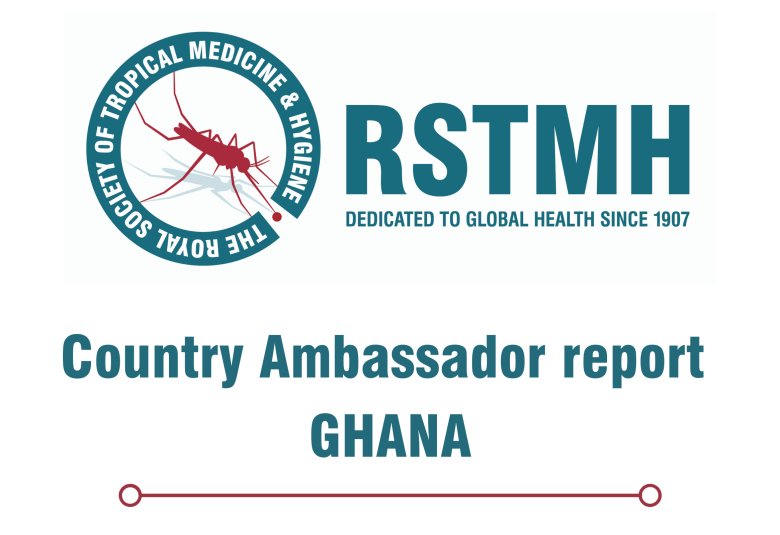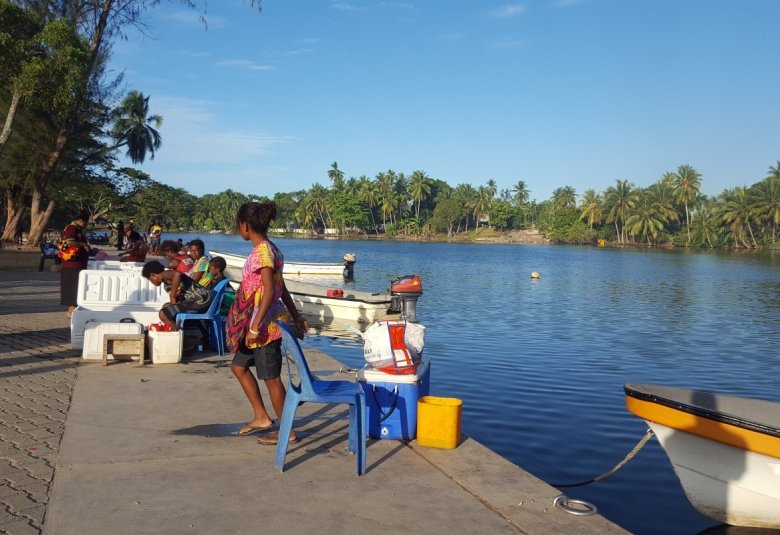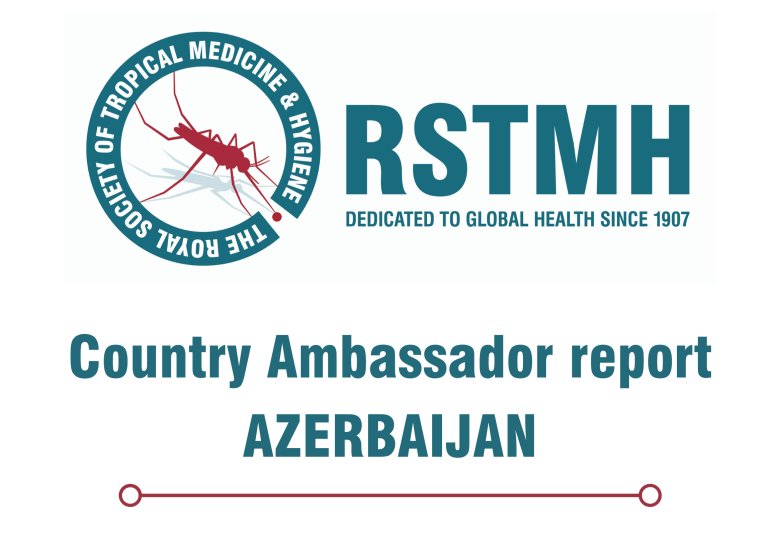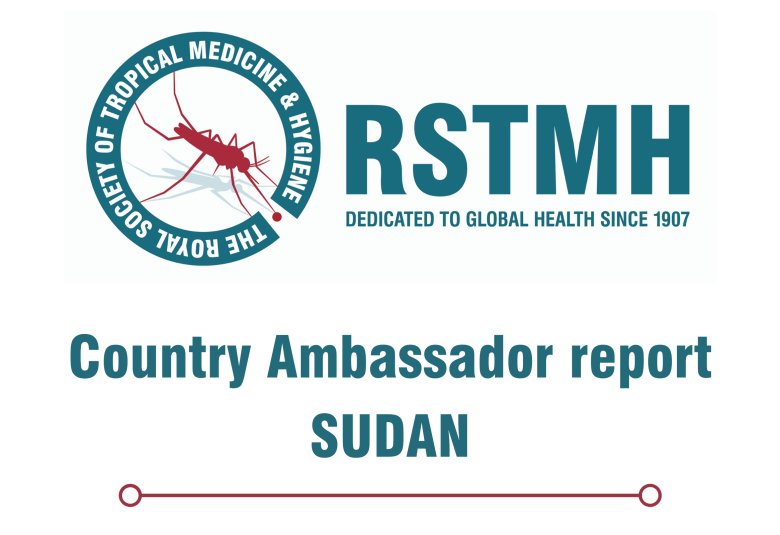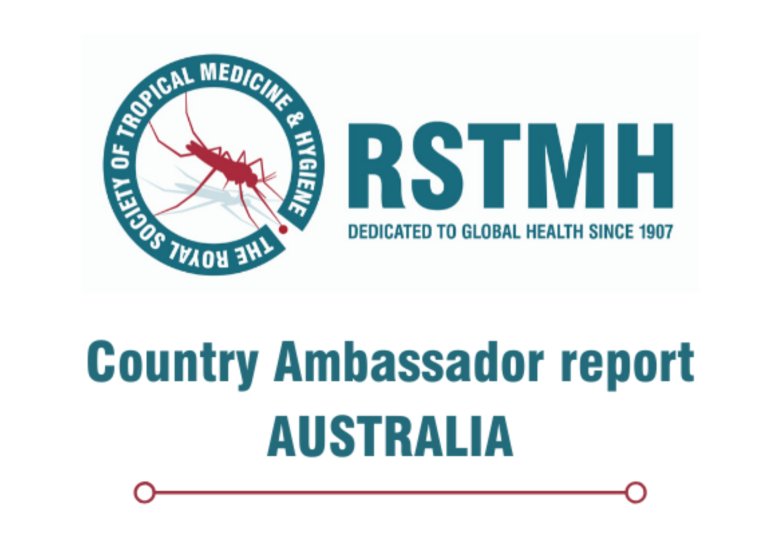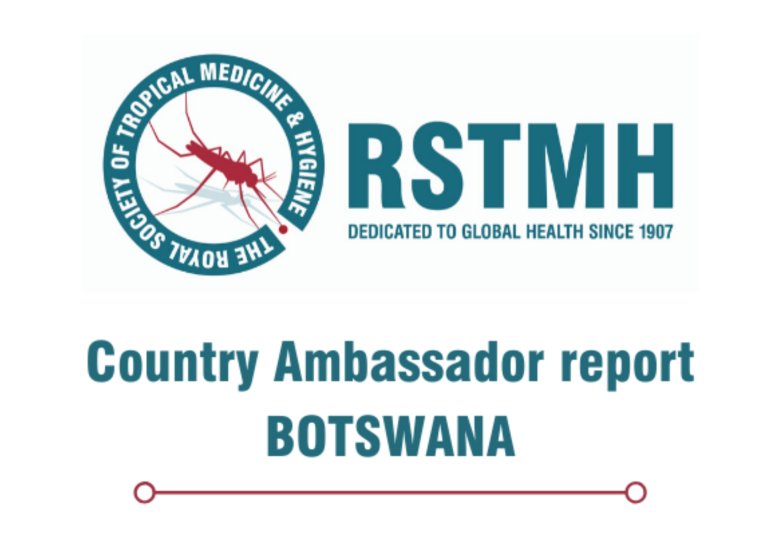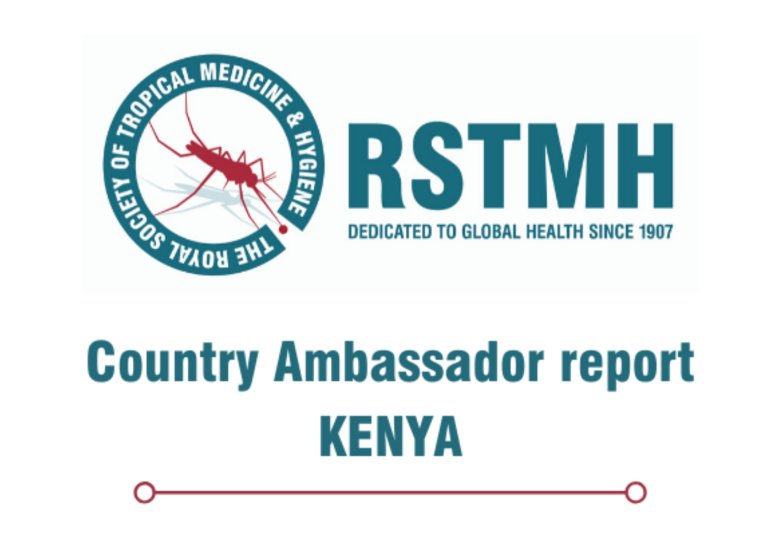COVID-19 in Ethiopia: status and responses
Dr Kebede is a Research Fellow at Brighton and Sussex Medical School. He is an epidemiologist and a Wellcome Trust Intermediate Fellow in Public Health and Tropical Medicine, interested in the epidemiology and control of neglected tropical diseases (NTDs), with a focus on spatial epidemiology and operational research. Dr Kebede is the RSTMH Country Ambassador for Ethiopia.
Ethiopia’s COVID-19 response so far has been commendable, and has bought valuable time. Ethiopia is the second most populous nation in Africa, and home to close to 9% of the African population, but thus far is one of the least affected African countries, with 1·4% of the continent’s reported COVID-19 cases and 0·9% of its deaths. Nonetheless, the infection rate has recently started to increase. The future of COVID-19 within Ethiopia will be determined by what is being done at this critical juncture, and how future interventions are planned.
Ethiopia is East Africa’s largest aviation hub, so measures to respond to COVID-19 started early on. In January, the government of Ethiopia introduced passenger-screening protocols at Addis Ababa’s international airport, and further preparation continued in January and February. The first report of a COVID-19 case in Ethiopia was on March 13, two days after the global pandemic was declared. National responses were scaled up soon after, and a state of emergency was declared on April 8.
As of June 23, in Ethiopia there were 4,848 cases and 75 deaths. That represents a 2.2 % positivity rate among people tested. The majority (63.3%) of the cases are male and cases have been reported from all 9 regions and the two city administrations in the country. Addis Ababa remains the epicentre with 71.5% of the cases and 74 out of 60 deaths driving the overall numbers.
According to a recent model-based estimates by the World Health Organization Regional Office for Africa, it is estimated that 4.2 million people in Ethiopia could get infected in the first year of the pandemic and more than 2,700 could die in the same period. The study also estimated 85,139 COVID-19 hospitalizations, of which 2,497 would be requiring oxygen, and 1,636 would be requiring breathing support.
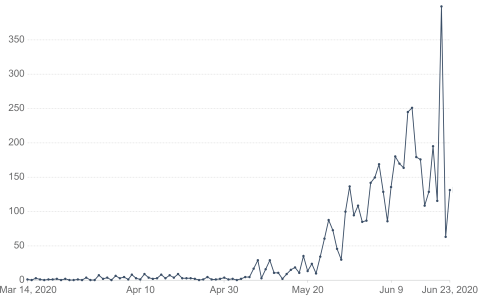
Instead of a national lockdown, the government of Ethiopia has put into place several essential measures including mandatory quarantine periods for all travellers, restrictions on public gatherings, school closures, mandatory facemasks in public places and fewer passengers using public transport. Risk communication on measures such as physical distancing, wearing face masks, and hygiene including through media and cell-phone ring tone reminders are also critical interventions. Daily briefings on COVID-19 are provided by the Minster of Health.
Testing has been scaled up from none in March to up to 6,000 per day in June. Testing centres have been decentralized across the country. The Ministry of Health and regional governments have initiated house-to-house symptom and temperature screening of households. To strengthen surveillance, post-mortem examination for COVID-19 has been initiated. There have been concerted efforts in preparation for an emergency response including converting public universities into quarantine centres and identifying isolation centres and increasing the number of treatment facilities with increased beds.
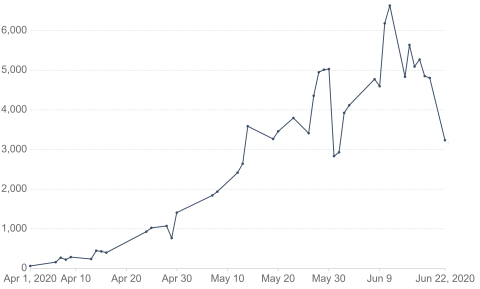
There are remaining challenges however: although Ethiopia has come a long way in the daily number of tests, tests per capita are still low. There are multiple factors which may play a part, including resource constraints, travel restrictions, competition for available resources and global supply chain disruptions. With such limited capacity for testing, seroprevalence surveys are of utmost importance. Community based seroprevalence surveys, which will determine the proportion of the Ethiopian population infected over time (including asymptomatic cases) will help public health officials plan for future healthcare needs. These surveys can also track how infections progress through the population over time and assist planning of public health responses. Personal protective equipment must be made available, not only for health workers responding to COVID-19 but also those providing services in direct contact with patients. Public awareness and community engagement are critical parts of the response.
Going forward, the test-trace-isolate-treat strategy needs to be intensified, through repurposing existing testing platforms for other diseases such as tuberculosis and HIV. Strengthening community based surveillance of severe respiratory illness must be followed by rapid and robust contact tracing mechanisms. Ensuring access for supplies of acute care and personal protective equipment are important. Focusing solely on COVID-19 may damage the health gains obtained over the past decades. Therefore, the focus on COVID-19 must not detract from continued action in other areas of health. Based on experience from past outbreaks, maintaining the delivery of essential health services is critical. While the main focus should be on saving lives, the issues of livelihoods should also be addressed. The most vulnerable segments of the population should be accorded the support they deserve. Messages targeting increased awareness and dispelling myths and misconception should continue. Community leaders, the media and religious institutions should encourage the public to heed scientific advice and provide tailored key messages.
Partnership and collaboration are critical aspects of the response. The private sector should use their resources, socio-economic power and social-corporate responsibilities to promote prevention, containment and social protection for their employees and the community. The Ethiopian diaspora is another important stakeholder in the response to the COVID-19 pandemic. Continued engagement with the diaspora in skills transfer, research and development, assistance through remittances, and volunteers to assist the response should continue. The COVID-19 outbreak should be used as an opportunity to increase fraternity and build resilient communities. The pandemic calls for national collaboration and global solidarity. We must collaborate and increase our joint efforts to rise to this unprecedented challenge.
